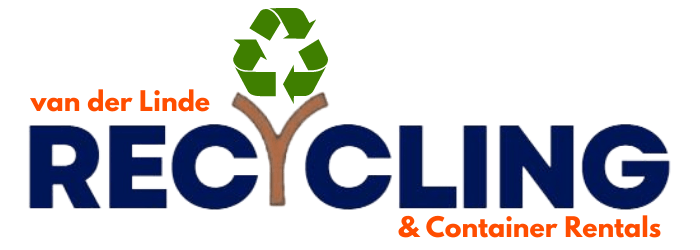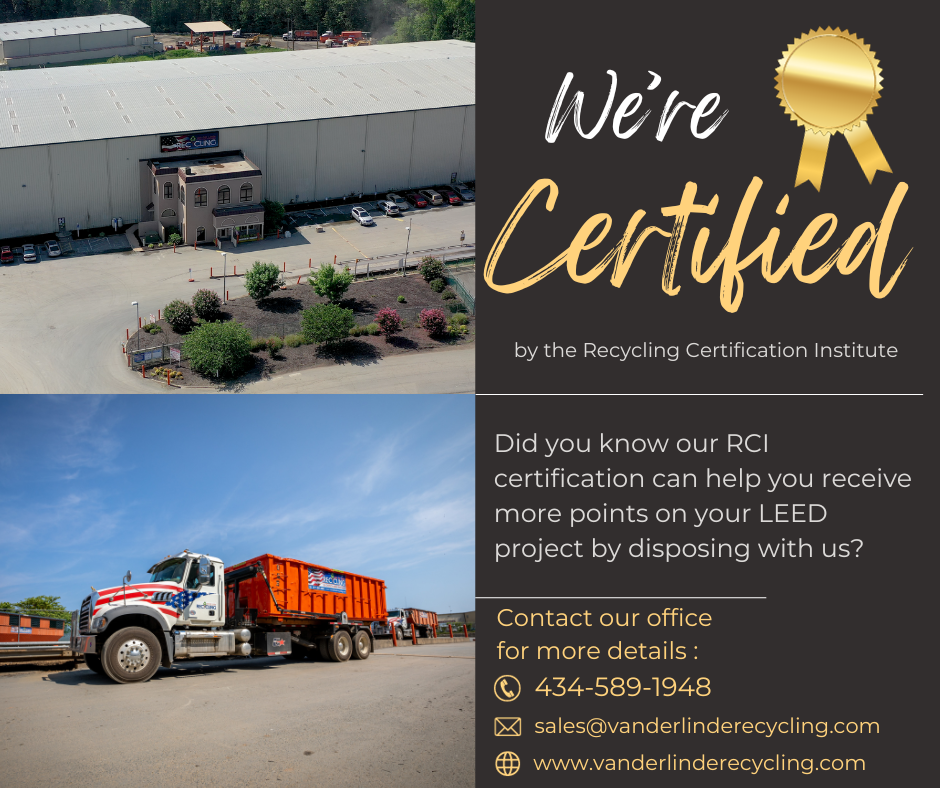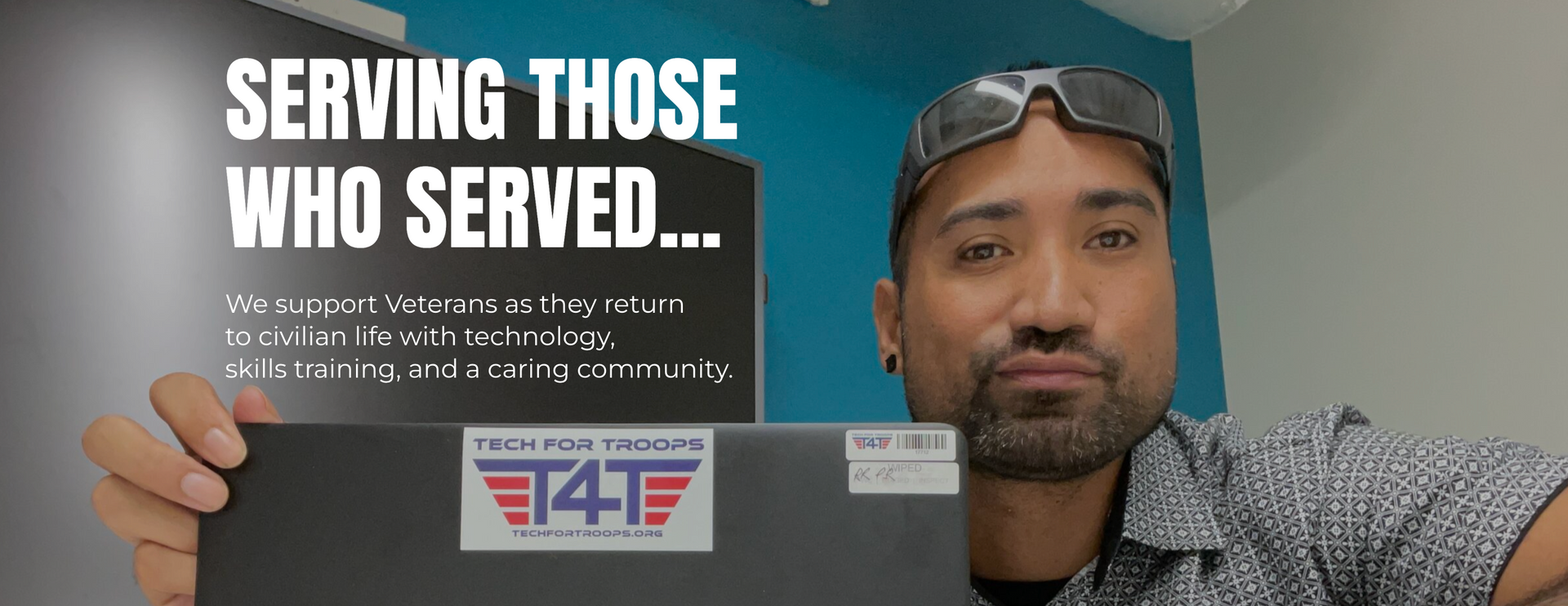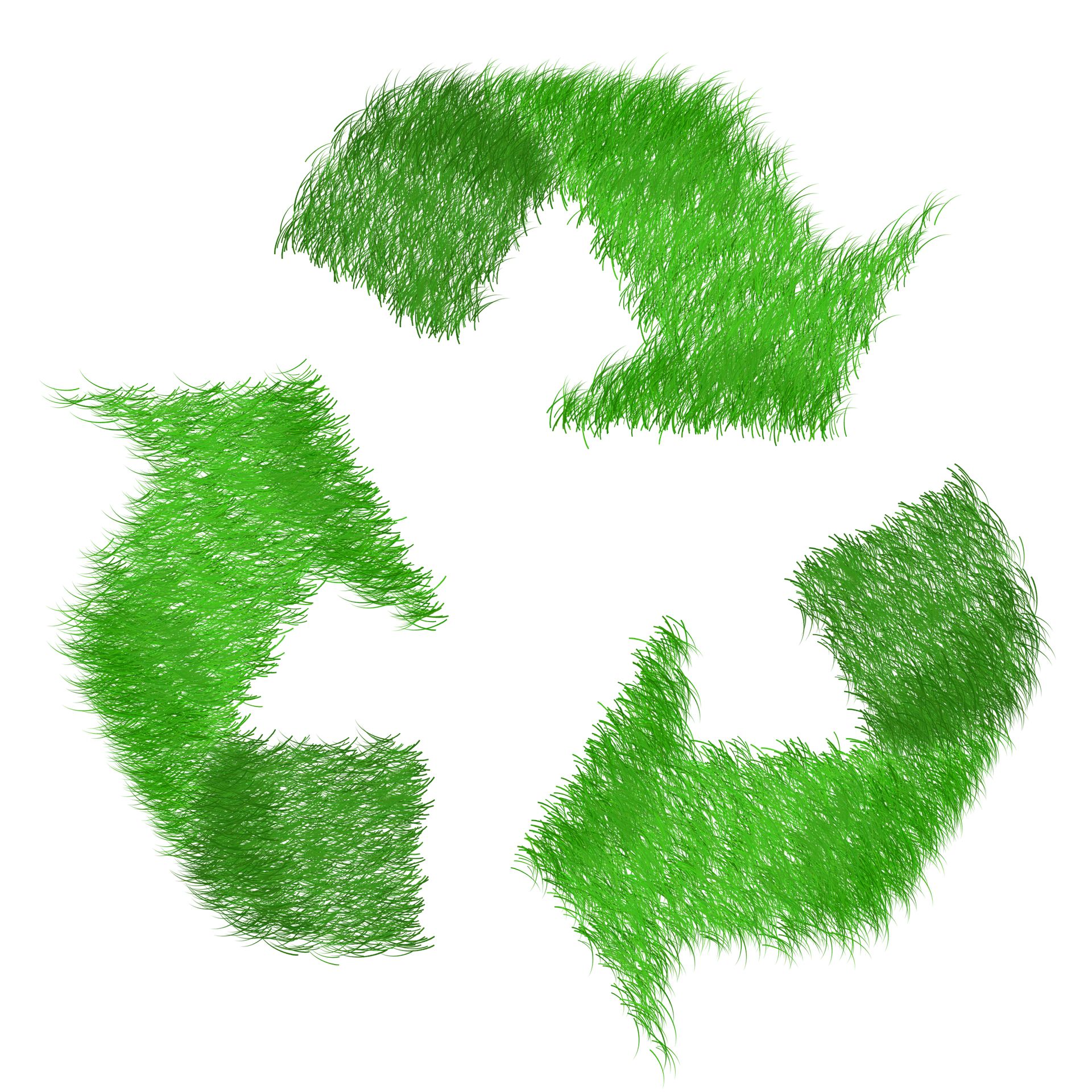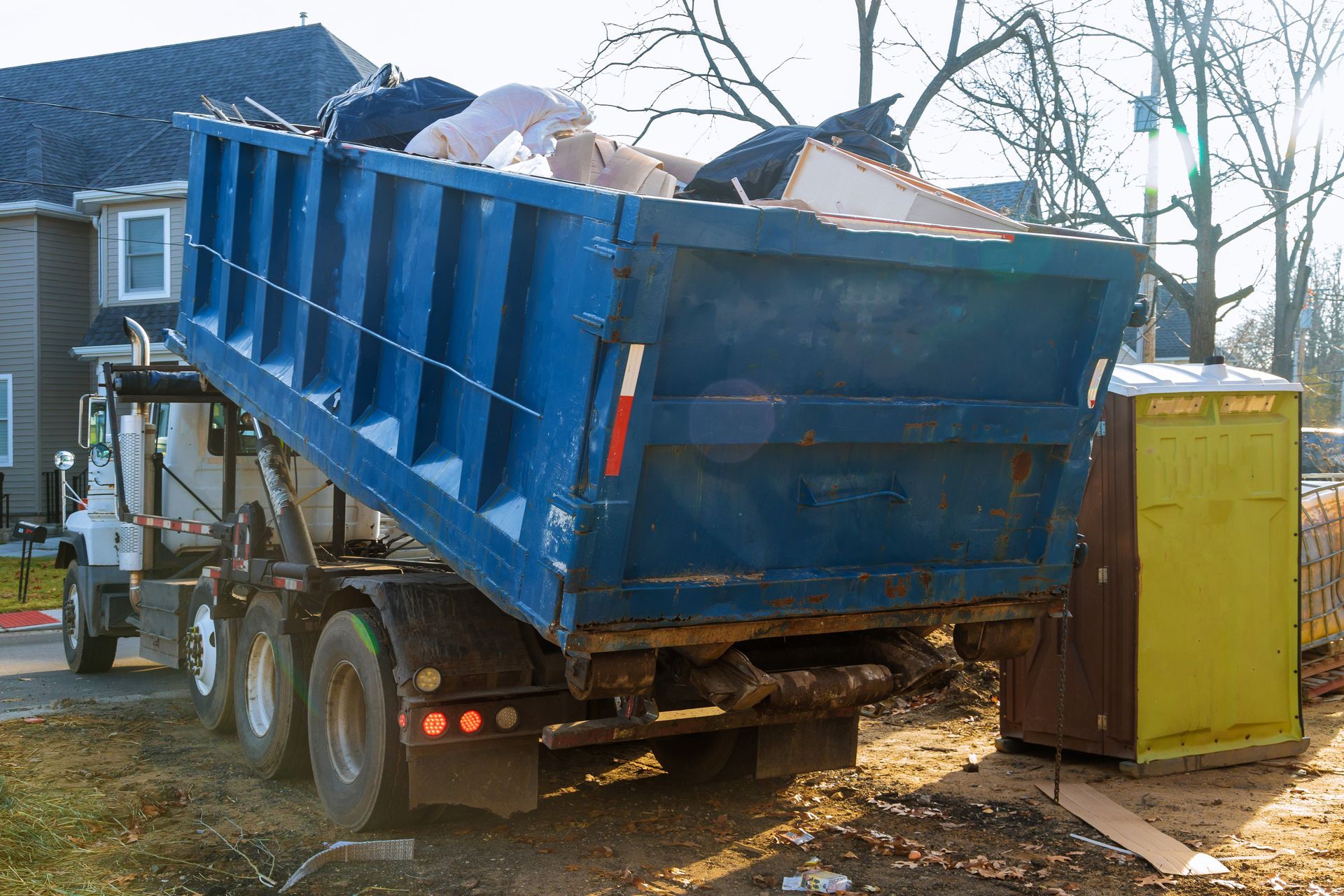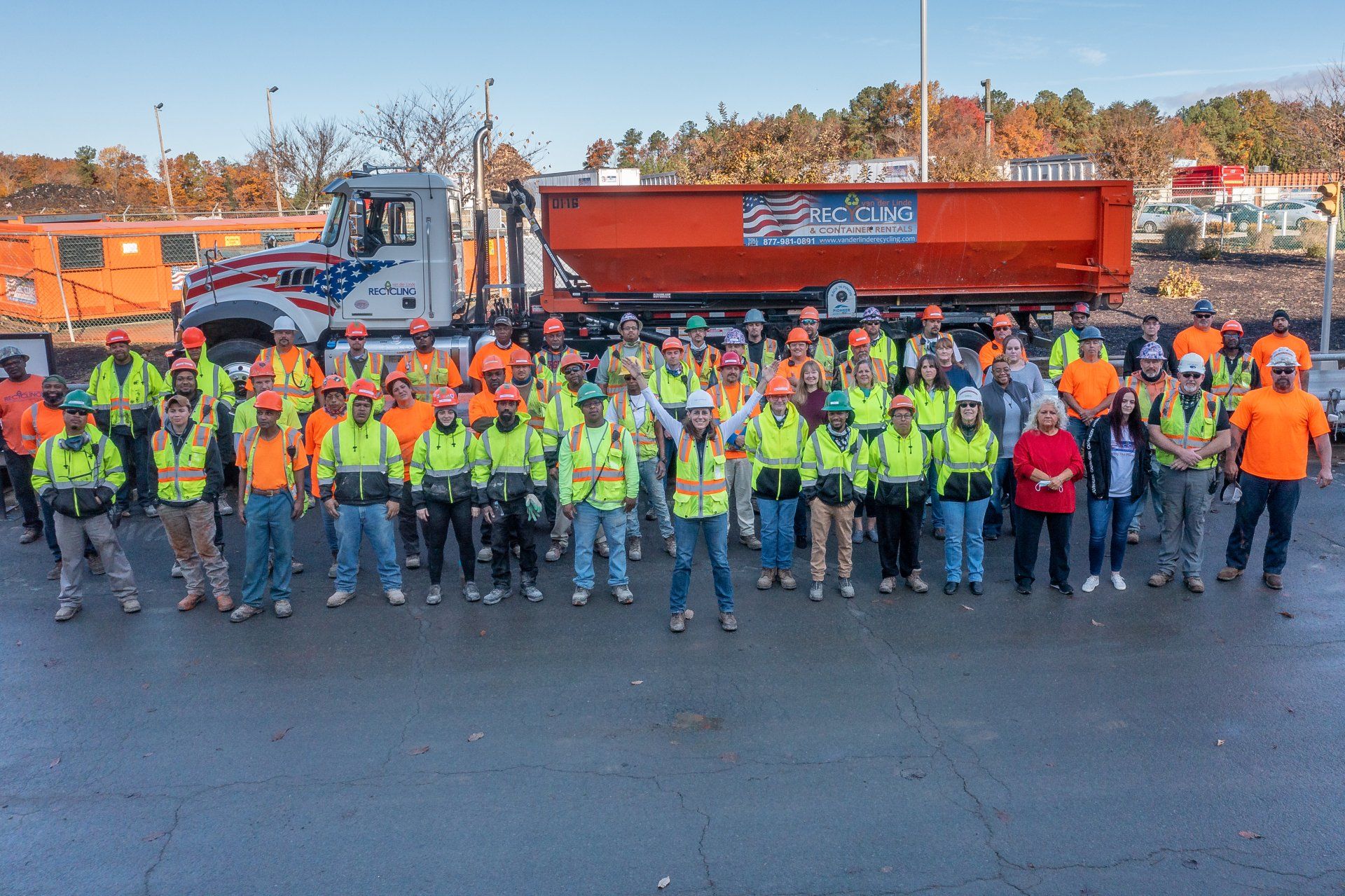In North America, recycling is generally referred to as the process of converting used materials into new products. In its simplest form, recycling requires sorting of materials into designated categories so they can be processed accordingly. However, there are multiple ways to recycle, and the practice has come a long way since its inception. Here, we'll provide an overview of recycling and tips on how you can make the most of your recycling efforts!
What is Recycling and the Benefits of Recycling
Recycling is the process of converting waste material into something that can be reused. It involves collecting, separating, and processing materials that would otherwise be thrown away as trash.
Benefits of recycling include:
- Conserving natural resources such as water, air, and energy since less needs to be extracted and processed.
- Reducing carbon emissions by decreasing the burning of fossil fuels.
- Improving air quality by preventing the release of pollutants and toxins from incineration.
- Cutting down on greenhouse gasses which can lead to climate change.
- Saving space in landfills and limiting what goes into them.
- Boosting employment in the recycling industry.
Recycling also allows us to preserve our environment for future generations. By participating in recycling initiatives, we can help mitigate pollution and manage our waste materials more efficiently, protecting both our planet and its citizens from potential contaminants. Ultimately, it's important to recognize not only the benefits of recycling but also the social responsibility each person holds when it comes to preserving our Earth.
How to Recycle Different Materials
The correct recycling method is an essential part of everyday life. It can help reduce the amount of waste being sent to landfills and also have a positive impact on the environment. While many materials are easy to recycle, such as paper and plastic, others require advanced recycling techniques.
Glass, for example, must be cleaned and sorted into various colors before it can be reused. In addition, metal cans must be crushed into small pieces before they can be separated according to their properties. Electronic components such as computer chips and circuit boards must be taken apart by hand so that metals, plastics, and other substances can be extracted for reuse.
Understanding how to properly recycle different materials can help reduce landfill waste and minimize our environmental footprint.
What Not to Recycle
Recycling is an important part of reducing waste and promoting sustainability. However, not everything can be recycled; certain items should never go into the recycling bin. Therefore, it's important to learn what kinds of items should not be recycled.
Items such as plastic bags cannot be processed by van der Linde Recycling at this time, but they can be taken to most local grocery stores. Anything that is significantly soiled or contaminated with food and beverages should not be put in the grocery store recycling bin.
We cannot forget about electronic waste either; from cell phones to computers, electronics should not be placed in regular recycling bins but taken instead to specialized drop-off locations, like van der Linde Recycling. By understanding what shouldn't be recycled, we are one step closer to ensuring our recyclable items make it safely through the system.
Tips for Recycling at Home
t can be easy to forget about recycling in everyday life, but there are a few simple steps that everyone can take to make their home more eco-friendly:
- Research your local waste authority’s website to know what type of materials they accept for recycling.
- Make sure to use separate bins for garbage and recyclable items. Once you have collected enough recyclables, find a convenient location nearby where you can deposit your materials. You may reuse old grocery bags to pack your recyclables and transport them when needed.
- Carefully check the labels to ensure that what you are put in the recycle bin can actually be recycled.
By following these guidelines, it's easy to start making a difference with at-home recycling!
The Future of Recycling
As global populations rise and resources become increasingly scarce, it is becoming more difficult to maintain our current level of consumption. As a result, many people are focusing on strategies to reduce waste and promote better resource management. One such strategy is increasing recycling rates, which seeks to use materials more efficiently and reduce the burden of artificial waste.
To achieve this goal, we must develop new technologies and processes that enable us to recycle more easily with greater accuracy and efficiency. This will require investments in research and development, as well as incentives for both businesses and individuals to adopt more sustainable practices. Additionally, we must work to educate people on why recycling is important and how it can be done most effectively. With the right resources and commitment, we can all make an effort to help secure a greener future through increased recycling efforts.
About Us
Now that you know more about recycling, its benefits, and how to recycle different materials, we hope you are inspired to make a change in your own life. Remember, even small changes can have a big impact when it comes to saving our planet. At Van Der Linde Recycling, we help homeowners and builders manage their C&D debris in a convenient and affordable way. If you need help getting started or have any questions, please give us a call at 877-981-0891. We would be happy to provide additional resources or answer any of your questions. Together we can make a difference!
